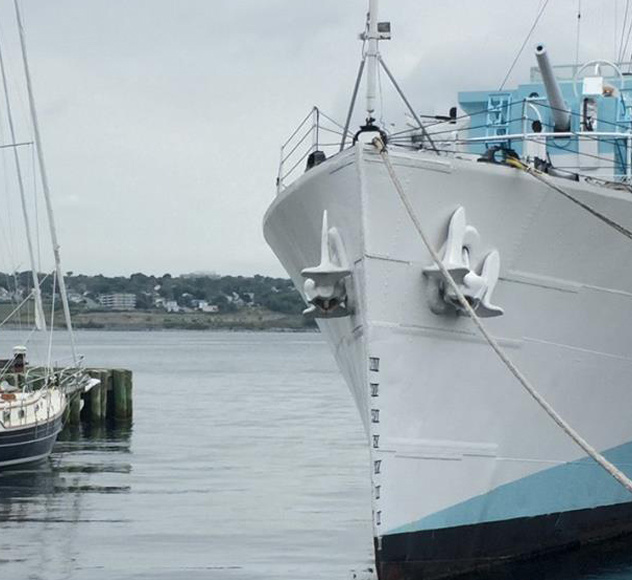Among the Most Stable in the Industry
Stability is very important to the modern cruiser as it is directly related to how comfortable the boat is under way and we design our boats to be among the most stable in the industry. Form or initial stability is created by the hull shape and is most noticeable when you first step aboard. Stability under sail is compared using the righting arm at 20 or 30 degrees of heel… this is often just a calculation, the accuracy of which is never confirmed. (Selden Spars insists each new design be tested with a physical measurement to confirm the stability calculation so the rig loading is based on an actual number). Obviously a good cruising boat would have good initial stability – to be solid under foot and be stiff under sail to be able to utilize her sail plan.
A vessel’s stability is often plotted and compared on a stability or GZ curve. Although these curves can be useful and fun to look at, it should be understood that they are based entirely on a static model, which is a situation that could never exist in real life… a condition where the boat is capsized without being subjected to wind or wave. This curve produces one particular number marketers like to use (especially if their boat calculates well); it is the LPS (limit of positive stability) number. Sometimes also known as the point of vanishing stability, it is the point where the static design model would either capsize completely or return to its upright position if left to itself. It is generally accepted that this number needs to be in excess of 125 degrees to qualify to be a good blue water boat. Boats with deep draft (low CGs) and high narrow superstructures tend to measure very well.
While we feel that general comparisons of this number (ranges from 5 to 8 degrees) might be useful, specific comparisons need to be qualified before they have any meaning and even then only relevant if you compare similar boats… for example, looking at the effects of a furling mast against the weight savings of a carbon fiber mast on an otherwise identical boat. Using it solely to try and gain knowledge about how one behaves versus another is almost useless.
Here is an example… While few can argue against the benefits of deep draft (few can afford to be that deep), it is the relationship with the superstructure that is most interesting. On paper, the larger the LPS… the less time the boat may stay inverted. Let’s consider how freeboard and the size of the cabin house can effect the calculations. As this hypothetical boat continues to heel, the mass of the cabin will create additional buoyancy and especially as the corners become submerged underwater on the leeward side. This will create a hard spot on the curve which resists further heel. While the positive effect on the LPS is undeniable, one must also appreciate that this same high cabin is also historically considered much less seaworthy because of its’ excessive windage and exposure to wave (which may actually be the very things that get you into trouble in the first place). So on one hand you have data indicating a positive quality when, in fact, the very thing that makes it positive on the GZ curve actually negatively affects the seaworthiness of the boat. The question. Is that high cabin – high LPS boat really the one you should take out into open water?
For us, we take the classic, time proven and more moderate approach to our superstructures and are very happy if our LPS comes in well over 130 but do not exceeding 140 degrees.

